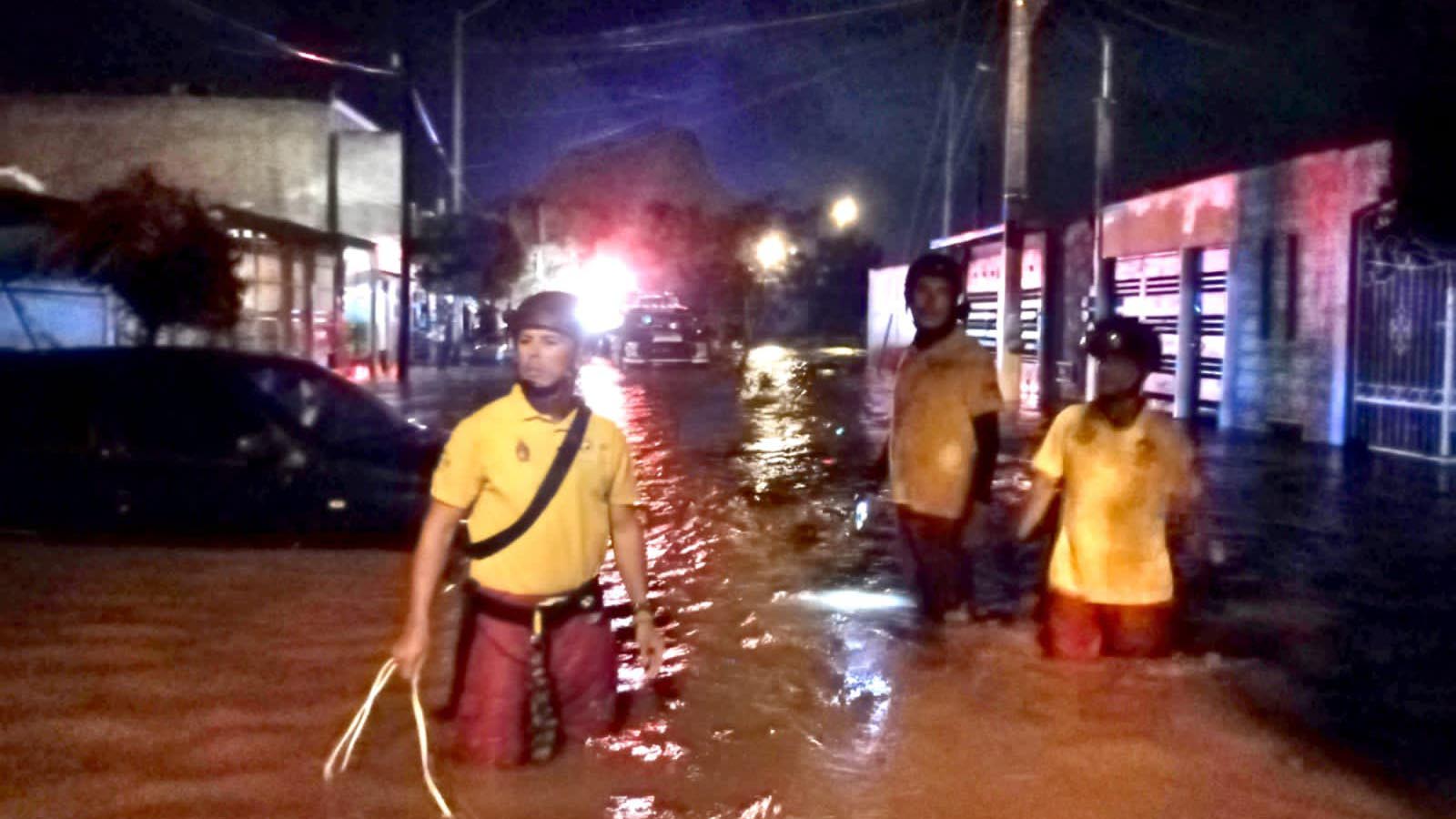Hurricane Pamela made landfall as a category 1 storm with 75-mph winds and a central pressure of 987 mb about 40 miles northwest of Mazatlán, Mexico, at approximately 8 a.m. EDT Wednesday.
Persistent moderate wind shear of 10-20 knots continuously injected dry air into Pamela’s circulation as the storm approached landfall, keeping the hurricane from intensifying. The primary impact from the storm will likely be flash flooding near the landfall location as a result of a predicted four to eight inches of rain.
At 11 a.m. EDT Wednesday, Pamela was about 85 miles north-northeast of Mazatlán, headed northeast at 23 mph, with top winds of 65 mph and a central pressure of 992 mb. Pamela is expected to quickly degenerate to a remnant low over the high terrain of Mexico by Wednesday night or early Thursday morning. However, moisture from the remnants of Pamela is expected to push into central Texas and southeastern Oklahoma, bringing heavy rains of three to six inches. Flash flooding may be relatively limited, though, since soil moisture across the region is near average. Moisture from Pamela is predicted to push across the Midwest and into southern Canada on Friday, bringing one to two inches of rain to Canada. It is very unusual to see rains of this magnitude from an Eastern Pacific hurricane in Canada.
Southeastern Bahamas disturbance not expected to develop
A tropical wave centered a few hundred miles north of the southeastern Bahamas was producing a large area of heavy thunderstorms on Wednesday. The disturbance, which the National Hurricane Center had not yet labeled, was drifting slowly north at roughly 5 mph. The system had marginal conditions for development, with high wind shear of 15-30 knots. Satellite images on Wednesday showed the system was poorly organized with little rotation.
The wave has little model support for development and is expected to accelerate eastward and interact with a front on Thursday and Friday, which will likely end any development prospects. In its 8 a.m. EDT Wednesday Tropical Weather Outlook, NHC gave the system 2-day and 5-day odds of development of 10%.
A three-day autumn severe weather outbreak draws to a close
NOAA’s Storm Prediction Center (SPC) on Tuesday, October 12, received six tornado reports, all from Kansas and Oklahoma, as a sprawling upper low continued to spawn severe weather. A couple of isolated tornadic supercells rolled across southwest Oklahoma on Tuesday night, and a predawn line-embedded thunderstorm swept through the Oklahoma City area in the predawn hours with a possible tornado.
The three-day October severe weather event is now likely at an end, as the Storm Prediction Center is forecasting only a marginal risk of severe weather through Friday. In total, the three-day event brought 30 preliminary reports of tornadoes, 125 reports of damaging high winds, and 19 hail reports.
Website visitors can comment on “Eye on the Storm” posts. Comments are generally open for 30 days from date posted. Sign up to receive email announcements of new postings here. Twitter: @DrJeffMasters and @bhensonweather


